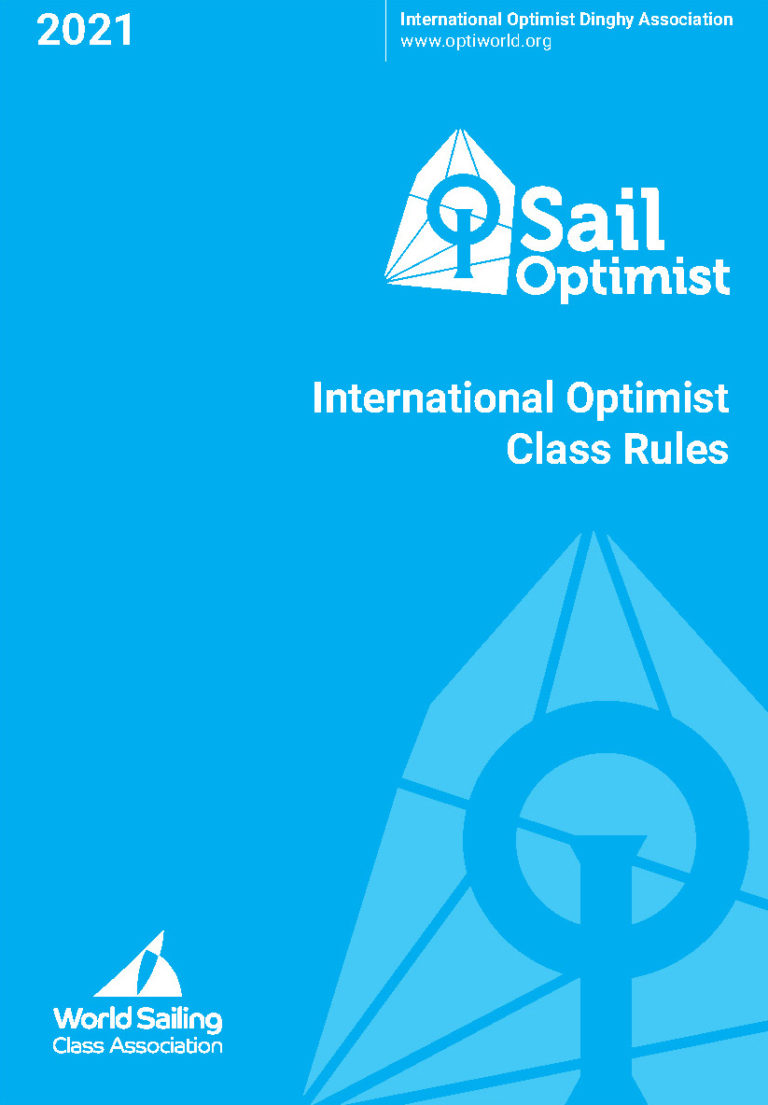Technical
Navigate to the various sections by clicking the links below.
Safety
Safety Warning!



Carbine hooks like the one shown above on the left can open and catch on your clothes. This can be DANGEROUS, especially in a capsize.
DO NOT USE THIS TYPE OF HOOK!
Personal buoyancy
The helmsman shall wear a personal flotation device to the minimum standard ISO 12402-5 (Level 50) or equivalent. All fastening devices supplied by the manufacturer shall be used in the manner intended. A crotch strap is recommended. A whistle shall be carried, securely attached to the personal flotation device. A neoprene or drysuit is not a substitute for a buoyancy aid.
The following equipment shall be on board while racing:
Bailer

One or more bailers which shall be securely attached to the hull by a lanyard(s) or elastic cord(s). One bailer shall have a minimum capacity of one litre.
Painter (tow line)
A painter of a single piece of buoyant rope, not less than 5 mm diameter and not less than 8 m long securely fastened to the mast thwart or the mast step. A bowline loop should be tied at the towing end.
Paddle (praddle)

A paddle with a blade surface of not less than 0.025m2 securely attached to the hull by a lanyard or elastic cord.
Buoyancy Bags

Three buoyancy bags are required in a regatta Optimist. They must be fitted with a safety valve and each be secured with three fabric straps to the hull. The bags must be sufficiently inflated; too little pressure and they will come out of the loops in the event of a capsize: too much pressure they could burst as they heat up in the sun. Ensure there are no punctures before setting sail.
Daggerboard

The daggerboard must be attached to the hull by means of a lanyard. The daggerboard must be buoyant.
Rudder

The rudder must be fitted with a retainer clip to prevent it coming off in the event of a capsize. The rudder must be buoyant.
Mast Lock

A mast lock must be fitted snug under the thwart to prevent the mast from sliding out of the mast step in the event of a capsize (this can cause serious damage to your boat!). In the case where the bolts that secure the mast ring protrude below, these should be cut back to allow the lock to sit up firm against the thwart underneath. The lock should be tethered to the hull.
Class Rules
The Optimist is a one-design dinghy, which is governed by a set of international class rules to ensure that every boat around the world remains identical.
The class rules can be found here
Handbook
The IODA Handbook includes the Articles of Association and Championship Conditions that govern how the Optimist Class is managed. Along with the Class Rules, these two documents are essential to why the Optimist Class has been so successful over the years.
The handbook can be found here
Measurement Certificate
Each boat is has a unique plaque number allocated to it by the builder. When the boats are manufactured, they are issued with a measurement registration booklet that records all the hull measurements and the unique plaque number. This booklet must always accompany the boat when transferred to a new owner.

Sail Numbers
Every boat must be registered with South African Sailing (SAS) who allocates a sail number linked to the boats unique plaque number. South African Sailing will issue a measurement certificate with the sail number and the owner’s details. On change of ownership a new measurement certificate will be issued. This can be done through the local SAS office.
In line with the class rules an Optimist sail must also carry a royalty label or button and be measured by an optimist class measurer. The measurer will issue certificate and stamp the sail. Contact your local class representative for the measurer’s details.
Notice to Members - Sail Numbers
As per World Sailing RRS Appendix G, we can no longer permit Digital Numbers at IODA events. Please note to be compliant with WS RRS’s this will be enforced for all events in 2019. Read more . . .
Download details of where to put the numbers on your sail here







